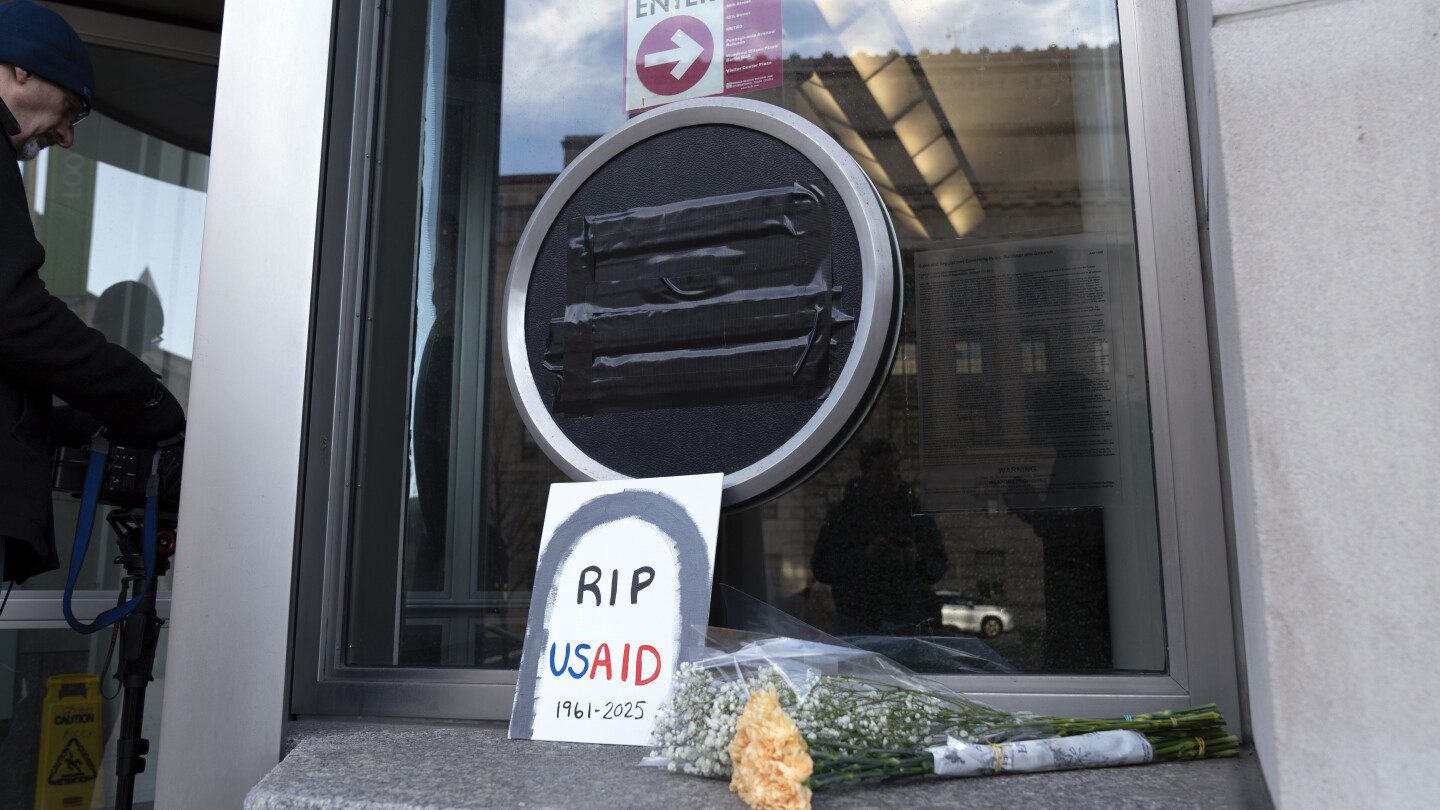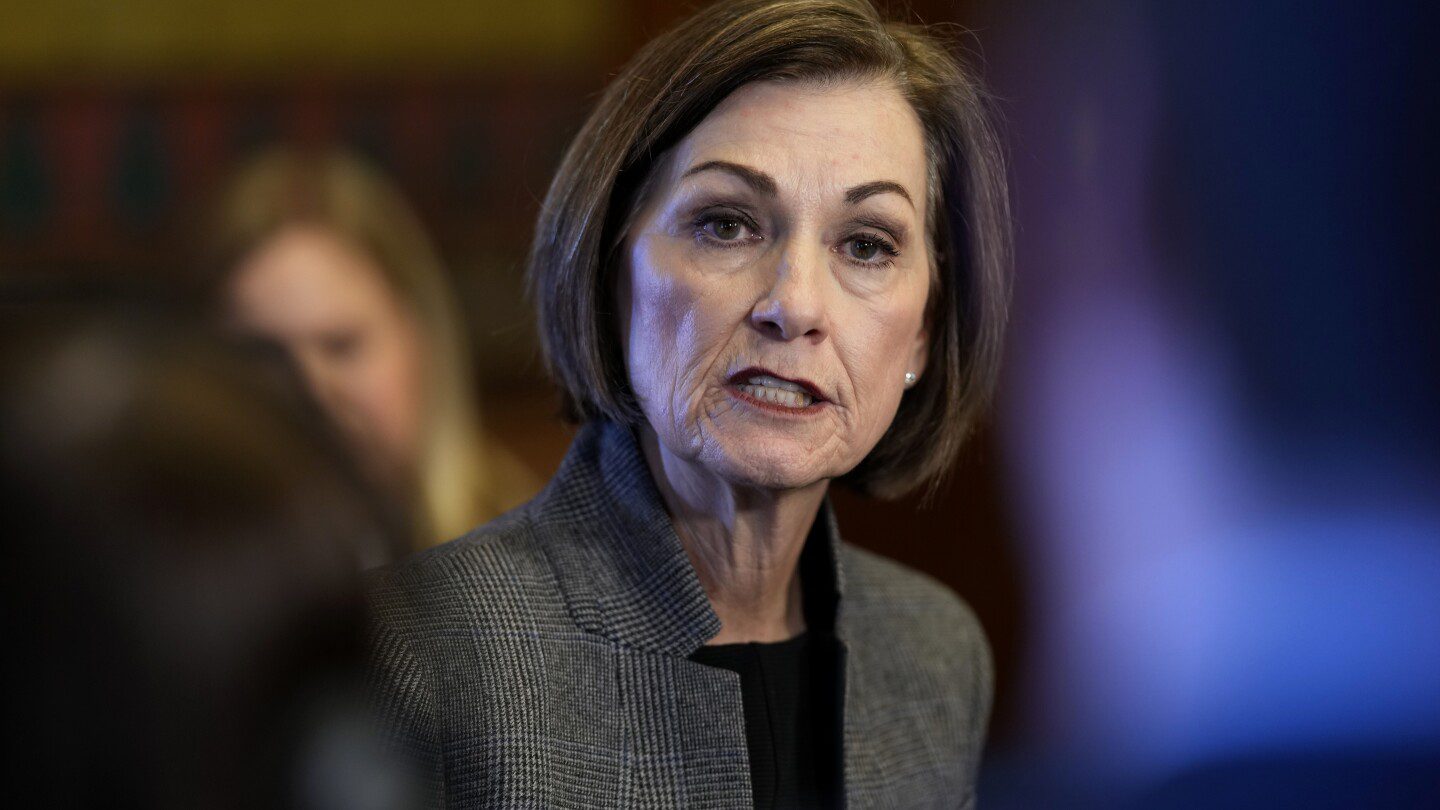
WASHINGTON (AP) — On Sunday, the Trump administration announced plans to cut approximately 2,000 positions at the U.S. Agency for International Development (USAID) and to place nearly all remaining staff members worldwide on leave, with only a few exceptions for critical roles.
This decision follows a ruling from U.S. District Judge Carl Nichols on Friday, which allowed the government to proceed with the removal of thousands of USAID employees from their roles both domestically and internationally. In a lawsuit aimed at halting these actions, Judge Nichols dismissed arguments from affected employees seeking a temporary injunction against the government’s strategy.
According to notifications shared with USAID employees and obtained by The Associated Press, “As of 11:59 p.m. EST on Sunday, February 23, 2025, all USAID direct hire personnel, apart from those designated for essential functions, core leadership, or specific programs, will be placed on administrative leave worldwide.”
In conjunction with this announcement, the agency is also reducing its workforce based in the United States by about 2,000 employees.
This action intensifies a month-long campaign by the administration to restructure USAID, leading to the closure of its headquarters in Washington, D.C., and the suspension of numerous U.S. aid initiatives globally. President Donald Trump and his primary advisor on budget cuts, Elon Musk, argue that such foreign aid efforts are excessive and perpetuate a liberal agenda.
In light of serious concerns raised by overseas staff reporting disrupted communication with the government, notices emphasized that “USAID is dedicated to ensuring the safety of its international personnel. Until their return home, these employees will maintain access to Agency systems and diplomatic resources.”
Employees placed on leave while working abroad are anticipated to receive “voluntary Agency-funded travel for their return” along with additional benefits.
Judge Nichols, who was appointed by Trump, expressed prior concerns about the wellbeing of workers deployed to high-risk areas without emergency communication access. However, he stated that reassurances from the administration confirmed that these employees would have ongoing access to two-way radios for around-the-clock emergency communications, as well as a mobile app featuring a “panic button.”
The judge concluded that any risks to USAID employees on administrative leave stationed overseas were significantly less than initially believed.
In addition to these developments, several USAID contractors received generic termination letters over the weekend, which lacked identifiable details such as names or job titles, according to documents reviewed by AP.
This broad approach in notifying contractors may complicate efforts for the affected workers to qualify for unemployment benefits, as they noted the ambiguity in the communication.
In a separate legal case concerning the reduction of USAID, another judge has temporarily halted the freeze on foreign assistance. He stated this week that the administration had continued to withhold aid despite his previous court order and must begin restoring funding to programs around the globe.









